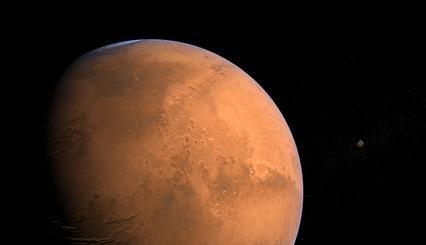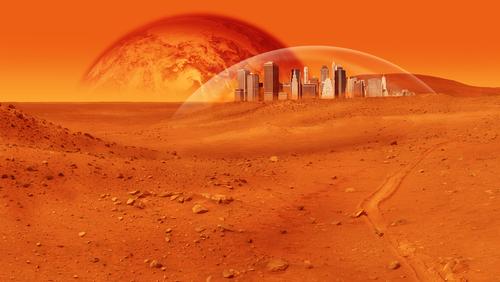How Humans Could Get to Mars in Weeks, Rather than Months

What’s the Latest Development?
This summer, researchers from the public and private sectors will come together for a project aimed at reducing the travel time to Mars–from eight months to just a few weeks. NASA, Boeing and the University of Alabama, Huntsville, will lay the groundwork for a propulsion system that uses “powerful pulses of nuclear fusion created within hollow 2-inch-wide ‘pucks’ of lithium deuteride.” Like a hockey puck, researchers plan to ‘slapshot’ them with plasma energy, “fusing the lithium and hydrogen atoms inside and releasing enough force to ultimately propel a spacecraft—an effect known as ‘Z-pinch’.”
What’s the Big Idea?
The power generated by the Z-pinch effect would be tremendous, equivalent to 20% of the world’s power output in a tiny bolt of lightning no bigger than your finger and lasting just one hundred billionths of a second. “If this works,” said Dr. Jason Cassibry, an associate professor of engineering at UAH, “we could reach Mars in six to eight weeks instead of six to eight months.” Lengthy trips to Mars do not bother unmanned space probes, but an eight-month journey, given current accommodations aboard our spacecraft, could take physical and psychological tolls on human passengers.
Photo credit: Shutterstock.com





